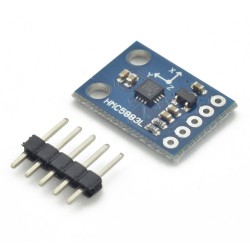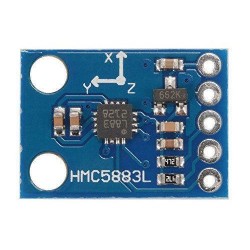It seems like you're referring to two different types of sensors: magnet sensors and gyro sensors. Let's look at each of them separately:
1. Magnet Sensor (Hall Effect Sensor):
A magnet sensor, often referred to as a Hall effect sensor, is a device that detects the presence of a magnetic field. It utilizes the Hall effect, which is the creation of a voltage difference across a conductor when it is subjected to a magnetic field perpendicular to the current flow. Hall effect sensors are commonly used to measure proximity, position, speed, and rotational motion. They can also be used in applications such as contactless switches, motor control, and magnetic field mapping.
2. Gyro Sensor (Gyroscope):
A gyro sensor, or gyroscope, is a device that measures angular velocity or rotational motion. It is used to detect changes in orientation or rotational movement. Gyro sensors are commonly used in various applications, including navigation systems, robotics, virtual reality (VR) devices, and stabilization systems. They provide information about changes in rotational position and can be used to calculate orientation, angular velocity, and angular acceleration.
While these sensors are different in their operation and application, they can be used together in some systems to provide more comprehensive information about both linear and rotational motion. For example, in motion tracking systems or inertial measurement units (IMUs), gyro sensors can be combined with magnet sensors and other sensors like accelerometers to obtain a more complete picture of an object's movement and orientation in three-dimensional space.
It's important to consider the specific requirements and characteristics of each sensor and choose the appropriate sensor(s) based on the application you have in mind.






















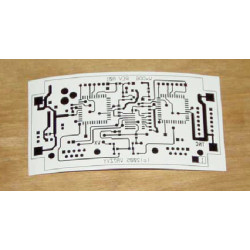
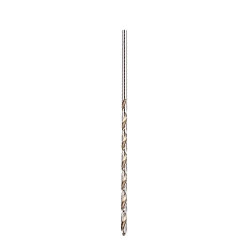
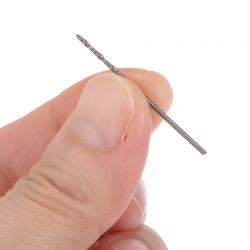
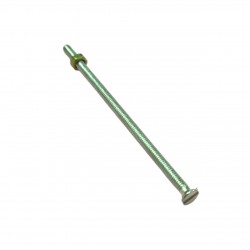
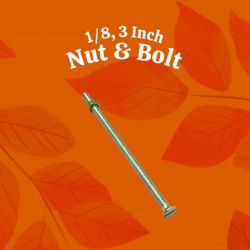
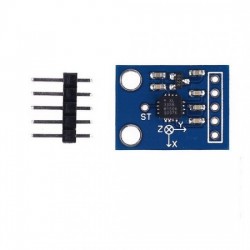

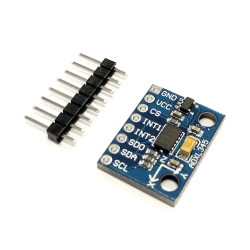
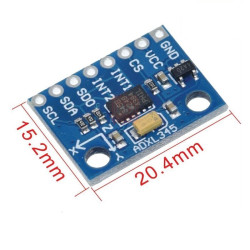
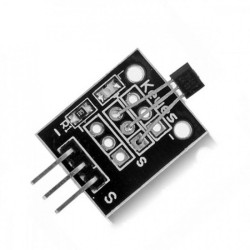
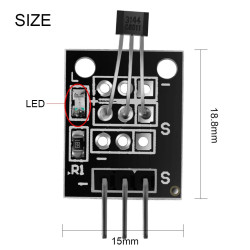
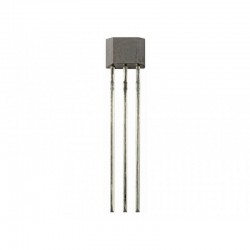

-Module%20LOGO-250x250.jpg)

